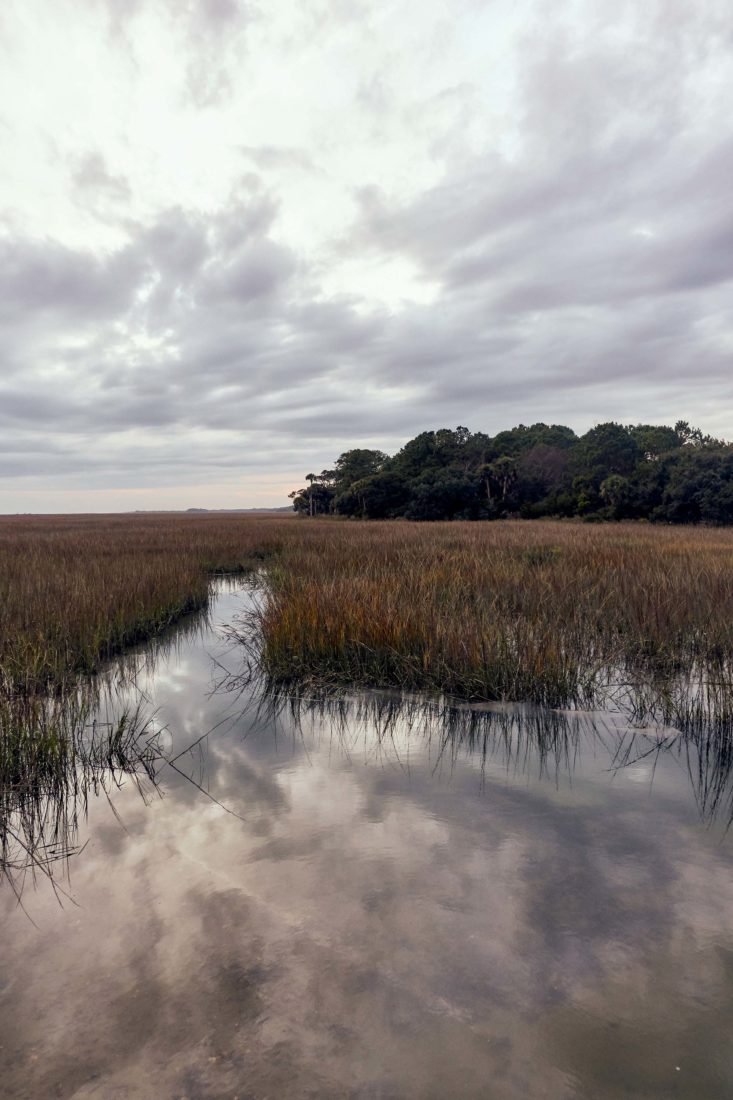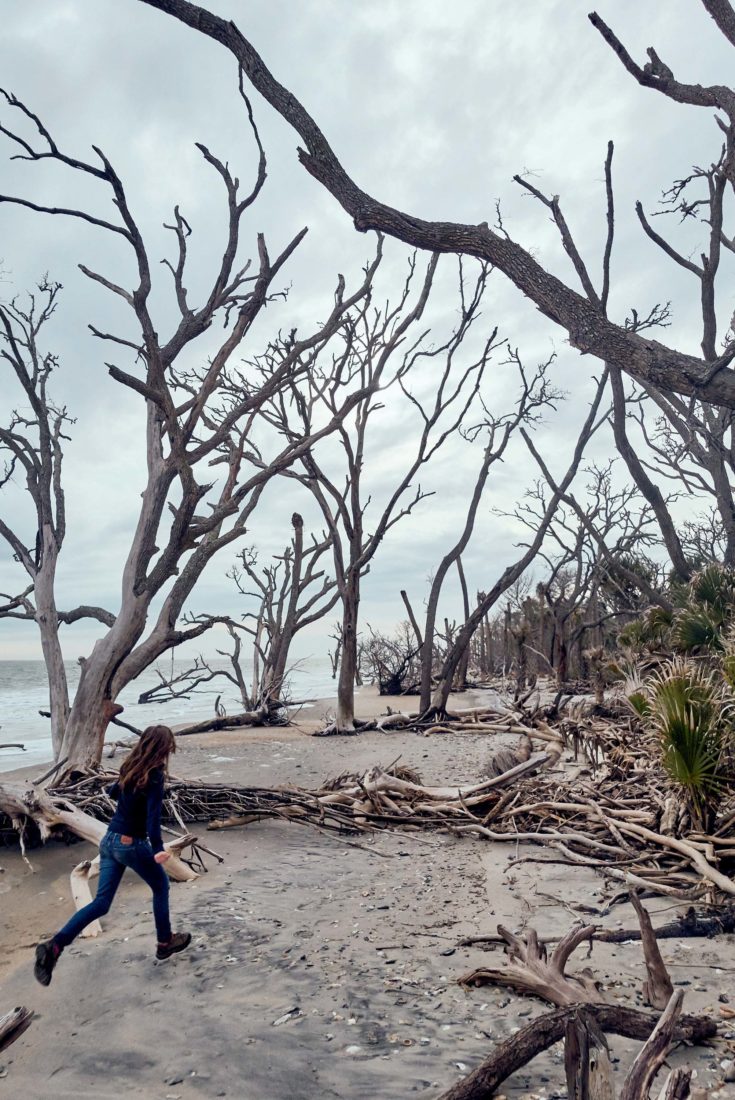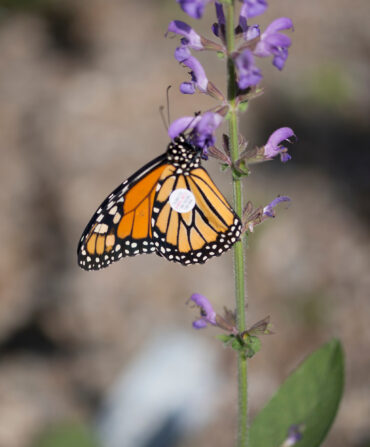Whether you’re having a beer at Salty Mike’s or standing in line at the Harris Teeter, there’s a good chance you’ll hear somebody talking about the trout bite or how the surf’s looking at Folly Beach. That’s because the tidal creeks and rivers, spartina marshes, moss-hung forests, primeval swamps, and windswept islands that surround the Charleston peninsula like a verdant halo are as deeply woven into the cultural fabric as benne wafers and joggling boards. While new subdivisions and traffic stress out locals, it’s also true that partnerships between a coalition of land trusts and federal, state, and private landholders are conserving tens of thousands of acres of vital woods and water.
One of the latest examples of Charleston’s conservation ethos can be found close to town. The newly opened Woodlands Nature Reserve lies just across Highway 61 from Middleton Place. Co-owner Holland Duell launched an ongoing effort with Ducks Unlimited and the City of Charleston back in 2004 to preserve this six-thousand-acre swath of former rice plantation. Today onetime rice canals lead you through a blackwater cypress forest. Take a fascinating interpretive paddle with the Charleston Kayak Company, or to explore on your own, you can arrange a stay in a cozy elevated lakefront tent at the Woodlands’ private campground. A fat-tire bike or stand-up paddleboard will carry you through forests and above gin-clear lakes even most Charlestonians have never seen.

While the Woodlands delivers a new view of ancient landscapes, from historic Morris Island to the sixty-six-thousand-acre Cape Romain National Wildlife Refuge, Coastal Expeditions offers a deep well of Lowcountry kayak and nature tours, including a ferry to Bulls Island, the jewel of Cape Romain. About six miles long and a mile wide, the barrier island is a stunning landscape of palmetto, pine, and sea oat, populated with ibis, bobcats, deer, and one of the highest concentrations of alligators this side of the Everglades. At the north end lies a breathtaking boneyard beach, where skeletal oaks rise from the encroaching ocean in what was once a dense maritime forest. The ferry departs about thirty minutes northeast of downtown in Awendaw, where it’s well worth a visit to the Center for Birds of Prey for a close look at the owls, hawks, and eagles that soar through the Carolina skies.
One of the most surprising natural treasures lies less than an hour outside Charleston in rural Harleyville. The eighteen thousand acres of Audubon’s Francis Beidler Forest include an eighteen-hundred-acre stand of virgin cypress-tupelo swamp. Initially overlooked by loggers due to its inaccessibility, the tract is now the largest of its kind left on the planet. Stroll along a nearly two-mile-long boardwalk, or better yet, the Audubon Center offers naturalist-guided kayak treks amid the fantastical roots of giant cypress trees, some of them fifteen hundred years old.
Closer to the ocean, Charleston’s tidal creeks and marshes mean that great fishing opportunities are never far away. Operating mainly in the waters to the west of town around Kiawah and Johns Islands, captain John Ward of Affinity Charters knows every nook and cranny to search for black drum, redfish, trout, and flounder. Meanwhile, typically launching from Isle of Palms to the east, Peter Brown of Saltwater Charters grew up fishing nearshore and offshore waters here and has been guiding since 1994, helping to pioneer saltwater flats fishing in the area.
To become the fish, though, take a trip down to Folly Beach. Through some strange trick of coastal geology, Folly Island tends to pull in South Carolina’s best waves, and local merwoman Jenny Brown, the founder and owner of Shaka Surf School, shares the stoke with private and group lessons for locals and visitors alike. Or for an outing that’s part natural history tour and part treasure hunt, link up with paleontologist Ashby Gale, of Charleston Fossil Adventures. The Lowcountry’s shifting sands regularly reveal fossilized sharks’ teeth and finds from the last ice age, eleven thousand years ago. “We had mammoths, mastodons, twenty-foot-tall sloths, saber-toothed cats, and dire wolves here,” Gale says. Aided by his seasoned eye, there’s no telling what you might uncover.
Back downtown after a romp into Charleston’s wilds, stop into the Sportsman’s Gallery, Ltd. Founder and curator Michael Paderewski translates his love of the outdoors into paintings, drawings, pottery, and sculpture by past and present masters. These might include an evocative turn-of-the-(twentieth)-century canine rendering by Percival L. Rosseau or a pair of duck-call cuff links by Mark Lexton. And should you feel inspired for one more painterly view, book a cruise with Charleston Sailing Charters aboard the fifty-foot sailing yacht Fate. You can head along the Battery and out past Shute’s Folly Island and Castle Pinckney toward Fort Sumter and the open Atlantic, or simply anchor up so your crew can take a plunge as the sun sinks into the Ashley River.








